Table of Contents[Hide][Show]
While I write this, it is close to the end of a long day. These are especially exhausted days which I know you can relate to. We get to the droopy eyes point, and our principles choose what we have left to do with our remaining awake minutes, based on how good we are with taking care of ourselves.
Are you the person who simply chooses to see it as a success that you made it through the day and crawls into bed on a deep exhale fully clothed with makeup on?
Contrastingly, are you the person that *must* floss, brush your teeth, wash your face and apply all your skin care goodies to feel the best you that can rest well and wake up as refreshed as possible? Yes, these people exist.
Keeping An Evening Ritual
I am in the second group. I was not born this way; it took me a while to get here (my current-self cringes at my college-self.) Now, there are about 3 days of the year when I don’t “get ready” for bed including the multi-step ritual of washing my face.
The few times I don’t, I wake up the next day regretting it and commit again to my internal self that I WILL wash my face next time. I am an advocate that you should take care of you, and then you are your best self to give – to work, to loved ones, to yourself the next day!
So, yeah, I am that person at night, super sleepy, every now and then a little tipsy, that does ALL the things before bed. I never regret the 5 minutes of sleep I lost in order to wake up looking just a bit fresher the next day.
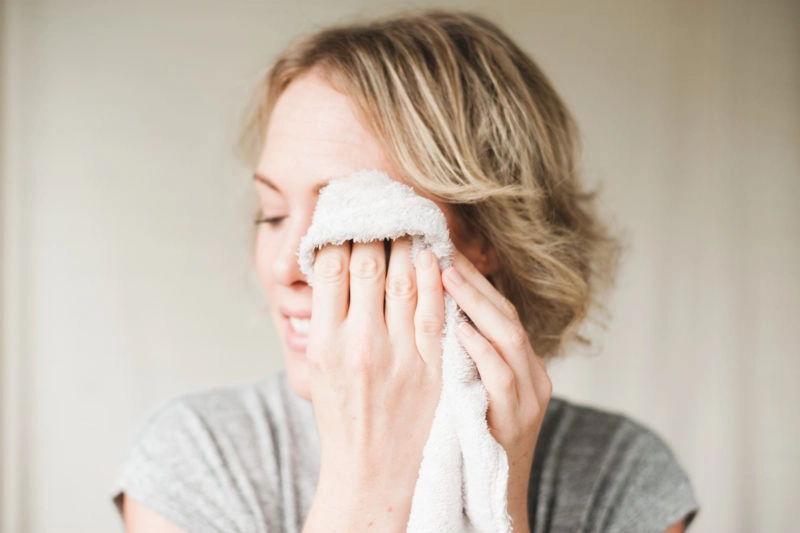
The Magic of Serums
One step at night I never skip is applying a serum. Yep – even on those exhausted, crazy nights a serum finds its way into my skin. WHY? Read on to learn how this special elixir won a place in my skincare rituals, even when my energy at the end of the day is wearing thin.
Spoiler alert: It is akin to a magic potion and you might just be inspired to commit to applying this extra skin care treatment on the regular too.
What is a Skin Care Serum?
A serum is a skin care product that is formulated to readily absorb into the skin and deliver concentrated ingredients deep into the epidermis for maximum results. This explains the sometimes higher price point of this skin care product.
On the flip side, it is important to note—because it is a higher concentration, a little goes a long way.
The Difference Between Serum and Moisturizer
The confusion for this product comes when you go to the skincare aisle and 100 products are called “serum” with varying textures, ingredients and purposes. Some companies have even started calling infusions of oil “serums”.
Traditionally speaking, oil-based products are for the nourishment of the skin and, as such, are categorized as a moisturizer. In contrast, a serum should be a pre-step to a moisturizer, readily absorbed into the skin and locked in with a moisturizing product on top.
What Are the Benefits of Serums?
These powerful products have varying benefits, depending on the ingredients within.
I like to compare skin care to diet, since what goes on your skin gets absorbed into your body, so the connection isn’t really that far fetched. A serum can be equivalent to adding a protein shake, a fresh green juice or a multivitamin to your daily routine. Similarly, the serum boosts the healthy look and vibrancy of the skin.
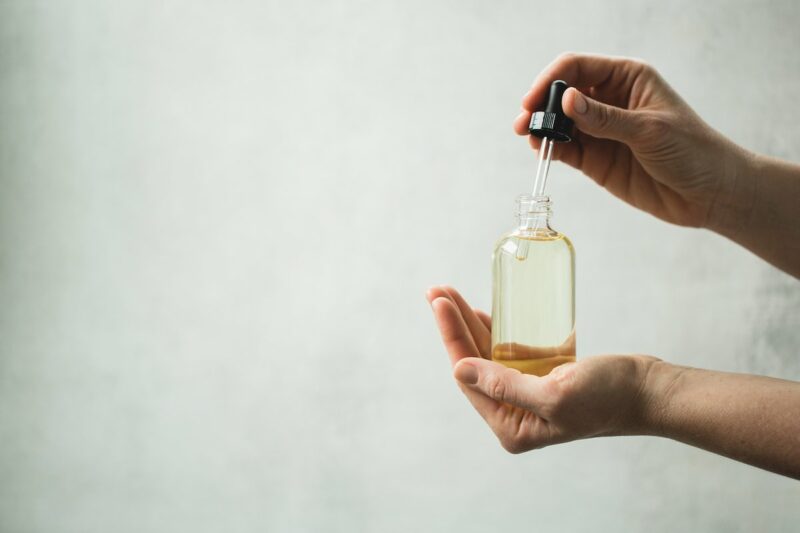
Taking Vibrancy to the Next Level
Do you receive the basics of skin care when you Cleanse – Tone – Moisturize? Yes. Do you have the basic nutrition you need without a green juice, multi-vitamin or protein shake? Yes.
However, by incorporating these into our diet and skin care, we get the most concentrated ingredients that offer increased vibrancy and health with maximum internal and external results.
I know I feel better as soon as I drink green juice. The same is said for my skin; when I use serums I feel the difference and others usually notice. This being said – just like there are a plethora of vitamins and green juice recipes on the market there are numerous serum elixirs with varying ingredients and purposes.
The Ultimate Face Serums Guide
Discover the difference between serums formulations so you can pick the right one for you.
1. Exfoliating Serums
Exfoliating serums incorporate enzymes or acids [AHA / BHA] which dissolve the bonds between skin cells, create skin cell shedding and turnover, create smoother skin texture and a youthful glow.
Note that these range drastically in strength and can be irritating to the skin. Enzymes are the gentlest. BHA penetrates into the pores the deepest and is most commonly used for acne. AHA can be the strongest, depending on the formulation, and can create significant flaking and peeling.
These all should be slowly incorporated into your skin care routine and for the safest use, test patch an area before committing to using it all over your face or seek guidance from a skin care professional who knows your skin.
Ingredients to look for in an exfoliating serum:
- Retinols/ Retinoids [AHA]
- Glycolic Acid [AHA]
- Lactic Acid [AHA]
- Citric Acid [AHA]
- Mandelic Acid [AHA]
- Salicylic Acid [BHA]
- Papain [papaya enzyme]
- Malic [apple enzyme]
- Bromelain [pineapple enzyme]
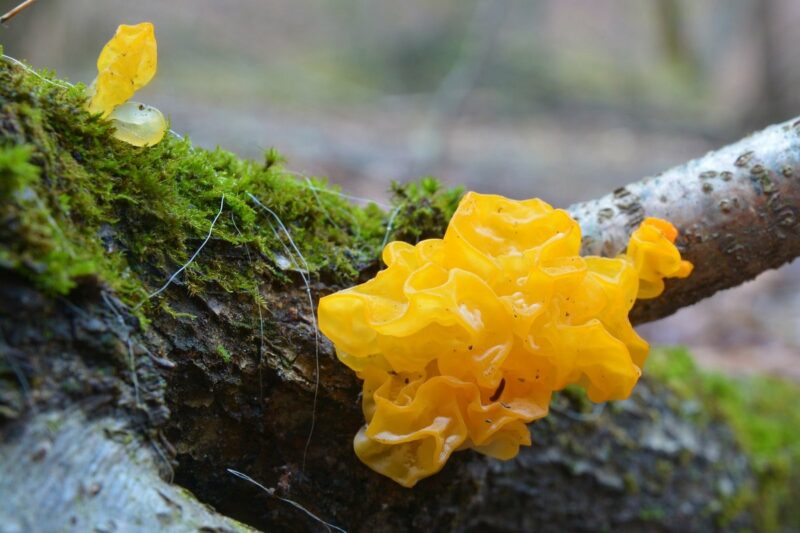
2. Hydrating Serums
Hydrating serums incorporate emollient ingredients that bind to water and help hold this water moisture onto the skin. Aloe is a common and well-known hydrating ingredient. There are also 2 primary serum ingredients that offer super hydration for the skin: Hyaluronic Acid and Tremella.
Hyaluronic Acid can be confusing, it is not an acid in the way it works; it will not exfoliate the skin. Both of these function as “super hydration” ingredients that hold 1,000+ times their weight in water and give your skin the moisture boost it needs leaving you with a dewy glow.
Ingredients to look for in a hydrating serum:
- Aloe – acts as a protector that prevents water loss in skin.
- Hyaluronic Acid – holds 1,000 times the molecular weight in water. Find out more about using Hyaluronic Acid With Vitamin C here.
- Tremella – hold 1,000+ times the molecular weight in water.
3. Serums fo Problem-Prone Skin
Acne and problem skin serums incorporate combinations of ingredients to dissolve excess sebum (your oil within the skin) and exfoliate top layers of skin to prevent the appearance of pore clogging through increased desquamation (skin shedding).
These serums typically are a combination of enzymes and/or AHA + BHA exfoliators (listed above under Exfoliating Serum Ingredients.)
4. Brightening Serums
Brightening serums incorporate extracts known to influence the melanocytes of the skin. Melanocytes are melanin-producing cells that give your skin it’s coloring.
There are numerous things that affect the pigmentation of your skin. Brightening ingredients inhibit melanin response as well as brighten melanin inconsistencies in the skin from conditions like Melasma, hormonal changes, sun damage or age spots.
Exfoliating ingredients are sometimes also included to encourage the skin to shed the pigmented layers more quickly (see exfoliating ingredients above for those.)
Ingredients to look for in a brightening serum:
- Kojic Acid – similar to Hyaluronic this won’t exfoliate the skin [when applied regularly this acts as an inhibitor so that the cells do not produce melanin in new cells in response to the above-mentioned conditions]
- Arbutin – a brightener for the skin from the Bearberry plant + Uva ursi that is a natural alternative to Hydroquinone [the most common, and very toxic, brightening ingredients prescribed by dermatologists]
- Vitamin C – an antioxidant that fights free radicals that cause skin aging and darkening
5. Anti-Aging Serums
Anti-aging serums tend to incorporate different combinations of all of the above PLUS advanced ingredients like peptides and stem cells that boost the overall skin strength, support cell health and function ultimately boosting this skin’s ability to fight the natural breakdown in the skin from years and time passing by.
Ingredients to look for in an anti-aging serum:
- Fruit + Plant Stem Cells [Varying sources like Oranges, Apples, Edelweiss]
- Peptides [Copper + Plant Cells are both natural sources of these]
- Antioxidants [Vitamin C, Vitamin E, Green Tea, Retinol (Vitamin A), ect]
- Essential Oils [The list of these are numerous with varying benefits ranging from regenerating skin cells, fading scars, hydrating, increases blood flow, tightens skin, builds collagen.]
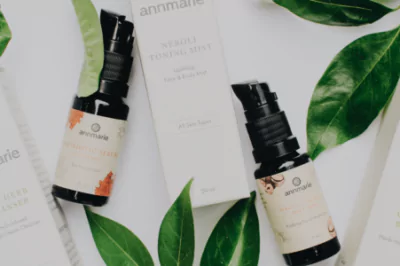
How to Pick your Serum:
As you can see, there are numerous options within each category. In addition, we typically want a combination of these categories like anti-aging and hydrating or acne clearing and pigmentation fading, so there are formulations where the above ingredients are combined across products.
It can be easy to say you need all of the above – hydrating, acne clearing, anti-aging, brightening and exfoliating! Yeah, me too.
However, due to the concentration of serums, you typically don’t want to layer them for best use. So, how do you choose?
These are the strategies for how to choose a face serum for beginners that I created over the years to help my guests weed through the overwhelming product choices and still leave room for a little experimentation.
Serum Selection Strategies:
- Decide what your primary concern for your skin is and use a serum meant to balance that every evening. For your secondary conditions, select a serum that treats those that you can apply dually in the morning.
- As another option, you can create a seasonal routine in which you treat your primary concern based on the seasonal effects on the skin. [Summer = Pigmentation + Hydration / Winter = Anti=Aging + Exfoliation]
When a guest comes to me, I typically recommend a serum that treats the skin’s primary concern until it is cleared, and then I switch to a seasonal approach so that all the skin conditions receive attention with an infusion of powerful ingredients from the various serums on the market.
I also prepare a dedicated article to help you distinguish different types of face serum and guide on how to use face serum. All the glowing, healthy and vibrant skin
Have you had a chance to try our organic serum products yet? What are some of your favorites? Share in the comments below!
References:
Face Serum For Skin: Ingredients, Benefits & Disadvantages
How To Find The Right Serum To Transform Your Skin
The 6 Different Types of Face Serums
Why Plant Stem Cells Should be in Your Skin Care Products
Benefits of face serums, how to choose and apply them
Face Serum, The FAQs
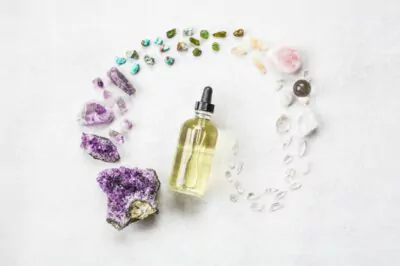


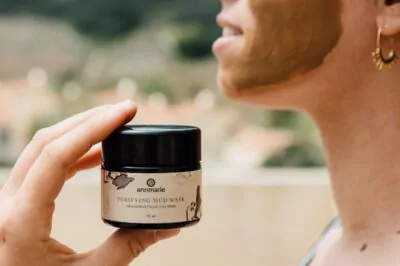

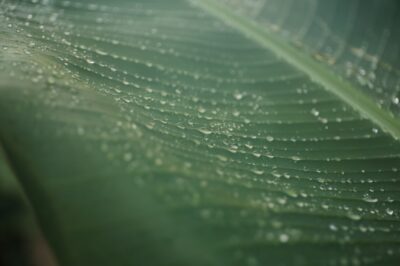
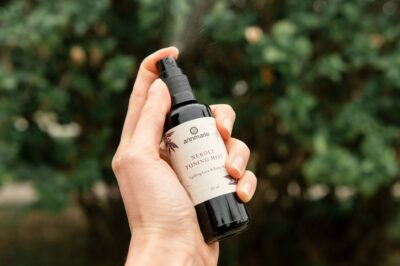
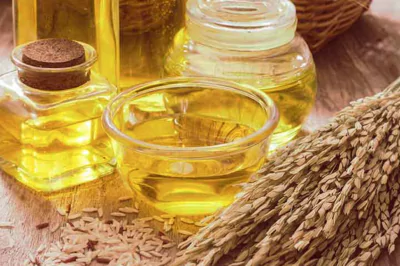
What’s the difference between a serum and an “essence”?
Are the two interchangeable?